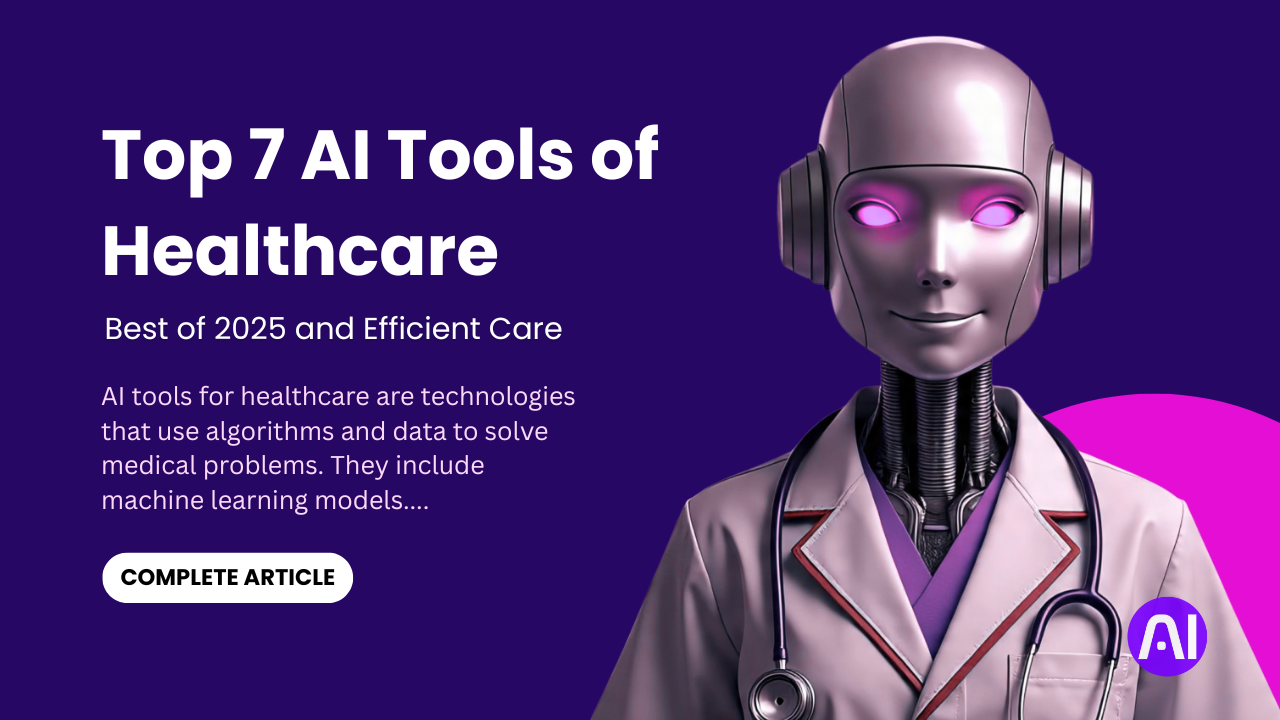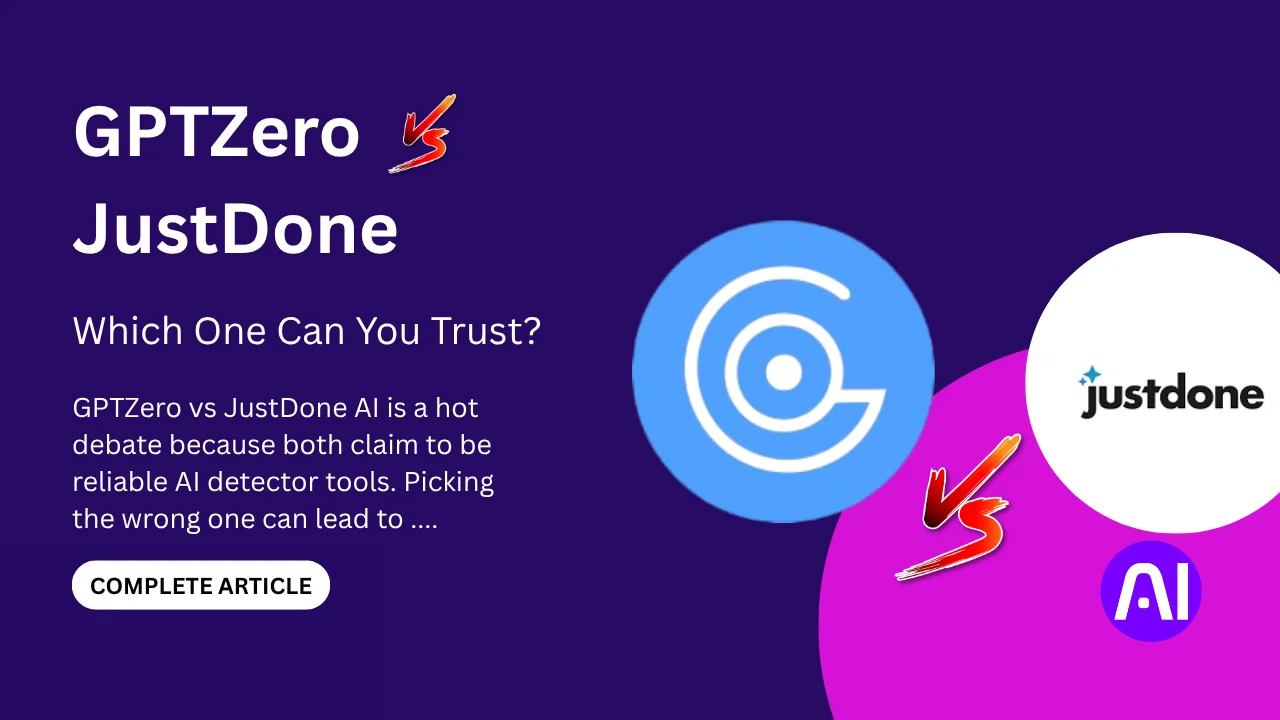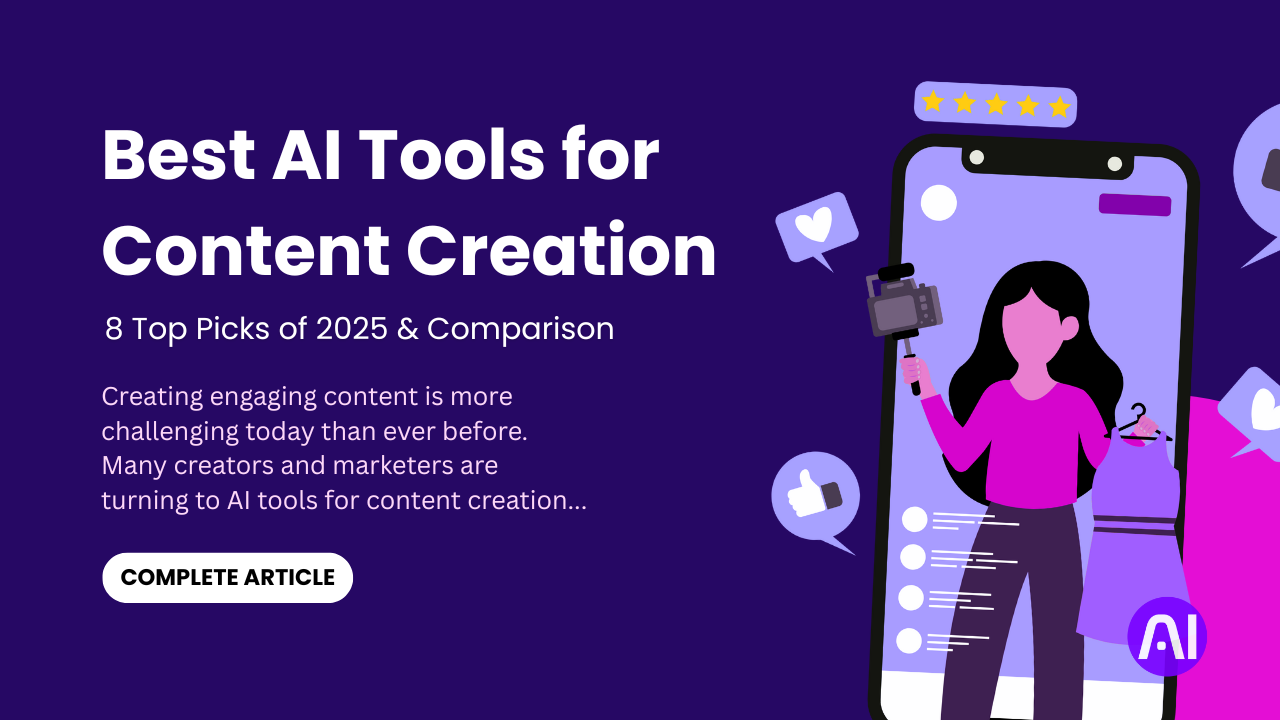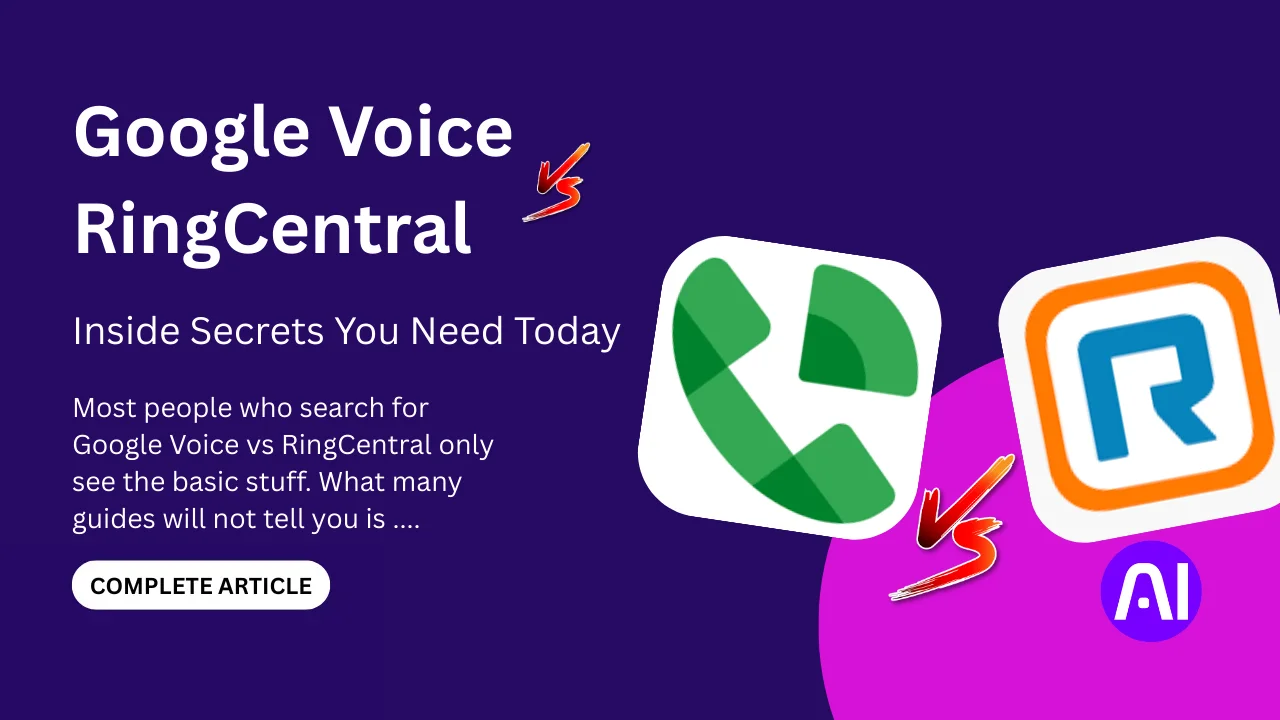The laws of inference are the rules that help us draw conclusions from facts. Think of them like a math formula, plug in the right info, and you get a logical answer. They power AI, solve math problems, and make computers smarter.
In AI, these laws teach machines to think. They help chatbots reply correctly and self-driving cars make safe choices. In math and computer science, they turn complex ideas into simple steps. Without them, progress would slow down.
This article explains how the laws of inference work in AI, math, and tech. You’ll see why they’re key to fast career growth in these fields. We’ll break down real-world examples, expert tips, and how you can use them to get ahead. Let’s dive in!
What Are the Core Laws of Inference?

The laws of inference are like cheat codes for logic. They help computers, AI, and even humans make smart decisions fast. Let’s break down the most important ones in simple words.
1. Modus Ponens (“If A, then B”)
- Rule: If A is true, and A leads to B, then B must be true.
- Example: If it rains (A), the ground gets wet (B). It’s raining. So, the ground is wet.
- AI Use: Helps chatbots answer questions step by step.
2. Modus Tollens (“If not B, then not A”)
- Rule: If A leads to B, and B is false, then A must be false.
- Example: If you study (A), you pass (B). You didn’t pass. So, you didn’t study.
- AI Use: Lets machines spot errors in data.
3. Disjunctive Syllogism (“A or B, not A, so B”)
- Rule: If either A or B is true, and A is false, then B must be true.
- Example: The light is on or the bulb is broken. The light isn’t on. So, the bulb is broken.
- AI Use: Helps robots pick between two choices.
4. Conjunctive Syllogism (“A and B together”)
- Rule: If both A and B must be true for a conclusion, check both.
- Example: To bake a cake, you need eggs (A) and flour (B). No eggs? No cake.
- AI Use: Stops AI from making guesses without full facts.
5. Constructive Dilemma (“A or B leads to C or D”)
- Rule: If A leads to C and B leads to D, and either A or B is true, then C or D must happen.
- Example: If you run (A), you’ll tire (C). If you walk (B), you’ll be slow (D). You choose to run or walk. So, you’ll either tire or be slow.
- AI Use: Helps self-driving cars pick the safest move.
These rules are the backbone of AI logic. They turn messy problems into clear steps.
How Laws of Inference Apply in Computer Science and Mathematics
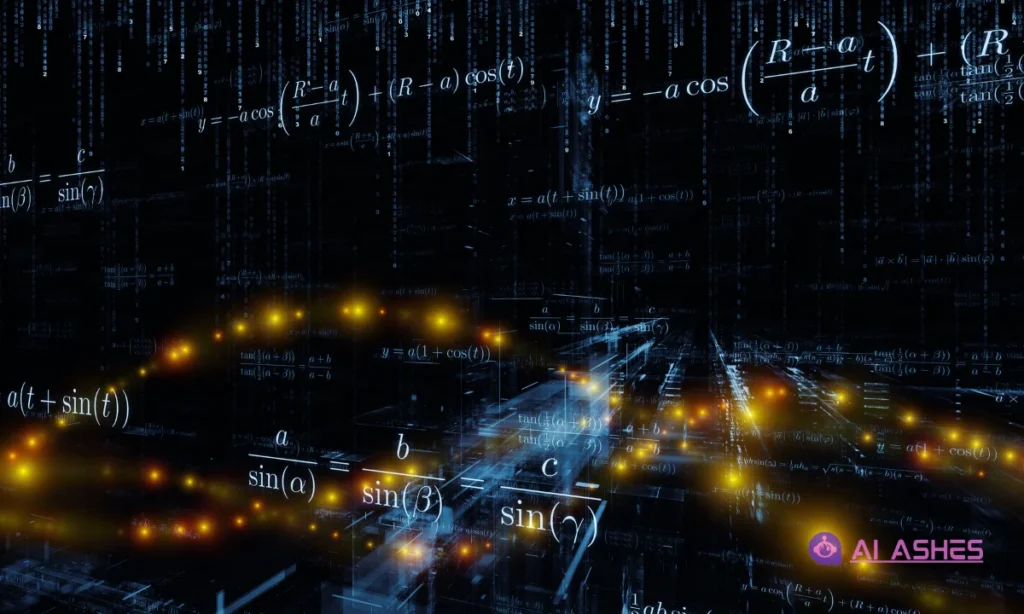
The laws of inference are not just theory. They power real work in math and computer science every day. Let’s see how.
In Computer Science: Making Machines Think
Programming languages like Prolog run on inference rules. They ask questions like “If X is true, what else must be true?” Automated theorem provers use them too. These tools check if code works before it runs.
The resolution principle is key here. It helps AI solve problems by breaking them into smaller pieces. For example, a scheduling app uses it to find meeting times that work for everyone.
In Math: Building Proofs Step by Step
Mathematicians use these rules to prove theorems. For example, if we know “All humans are mortal” and “Socrates is human,” Modus Ponens lets us conclude “Socrates is mortal.” This kind of logical step is how big math truths get proven. Without these rules, proofs would fall apart.
Learning Tip
Students learning inference rules for the first time can benefit from Butte College’s reasoning guide. It explains these concepts in simple terms with practice problems.
For deeper technical analysis, NumberAnalytics shows how inference rules power data science models. They turn raw data into smart predictions.
These rules are why computers can do math, why apps make smart choices, and why AI keeps getting better.
The Role in AI: From Expert Systems to Neural-Symbolic Integration
AI didn’t start with deep learning. Its roots lie in logic. In 1956, the Logic Theorist became the first AI program to mimic human reasoning. It used symbolic rules to prove math theorems, showing how machines could “think” step by step.
For decades, expert systems ruled AI. These were giant rulebooks coded by humans. If X happened, the system did Y. They powered early medical diagnosis tools and customer service bots. But they had limits, they couldn’t learn on their own.
Today, the game-changer is neural-symbolic computing. It mixes deep learning with logic rules. Neural networks handle messy data (like images or speech), while symbolic AI ensures decisions follow logical steps. This hybrid approach is key for:
- Explainable AI: Unlike “black box” neural nets, it shows its work.
- Reliable reasoning: It avoids bizarre mistakes pure ML systems sometimes make.
For example, a neural-symbolic robot can see a wet floor (neural) and infer “slipping risk → walk slowly” (symbolic). Research like this neural-symbolic survey shows how the two approaches complement each other.
Laws of Inference in Mathematical AI
Math is hard for humans. It’s even harder for machines. But AI is learning to solve complex proofs using the same laws of inference that mathematicians use. This field is called AI4Math, and it’s changing how we do math.
Tools like Lean and Coq help computers check proofs step by step. They use Modus Ponens, Disjunctive Syllogism, and other inference rules to verify if a proof is correct. No more human errors. No more missed steps. Just pure logic.
AI doesn’t just check proofs, it writes them too. Automated theorem provers can now solve problems humans struggle with. For example, an AI might look at a geometry theorem, break it into smaller steps, and solve it using inference rules.
Recent research, like this arXiv paper on formal math reasoning, shows how fast this field is growing. AI is getting better at handling abstract algebra, number theory, and even unsolved problems.
Why does this matter? Because it means:
- Faster discoveries: AI can test thousands of proof paths in seconds.
- Fewer mistakes: Machines catch errors humans might miss.
- New math tools: Students and researchers get AI assistants that think logically.
The future? AI and humans working together. Mathematicians focus on big ideas. AI handles the tedious logic.
Logical Reasoning Rules That Boost AI Accuracy
AI systems sometimes make weird mistakes. One minute they solve complex math, the next they give nonsense answers. The fix? Building them with logical reasoning rules. These laws act like guardrails, keeping AI on track.
Why Logic Beats Guesswork
Black-box AI (like some neural nets) works like a dream until it doesn’t. It might see a picture of a dog in clouds and insist it’s real. Logical AI follows rules. If it knows “all birds fly” and “penguins don’t fly,” it won’t call a penguin a bird. This is called sound reasoning—only drawing conclusions that must be true.
How Rules Prevent AI Blunders
- Truth Verification: AI checks facts step by step. If you claim “Paris is in Germany,” it compares this to known data (“Paris is in France”) and rejects the false claim using Modus Tollens.
- Consistency Checks: Before answering, logical AI ensures no part of its reasoning contradicts itself. Like a math teacher checking your work line by line.
- Complete Reasoning: It won’t ignore key details. If rules say “A AND B → C,” the AI verifies both A and B before concluding C.
Real-World Fixes
- Medical AI: Diagnoses don’t just rely on symptoms but also rule out impossibilities (e.g., “pregnancy” for male patients).
- Fact-Checking Bots: They use deductive rules to spot fake news by tracing claims back to trusted sources.
The result? AI that’s trustworthy enough for banks, hospitals, and labs.
Real-World Examples & Study Notes
Want to see the laws of inference in action? Here’s how they solve real problems—from math class to cutting-edge AI.
Everyday Logic in Tech
- Smart Assistants
- Rule Used: Disjunctive Syllogism
- How: “Set a timer for 10 minutes OR remind me at 5 PM.” If you don’t pick 5 PM, it defaults to the timer.
- Fraud Detection
- Rule Used: Modus Tollens
- How: “If this is a valid transaction (A), the PIN matches (B). The PIN doesn’t match (¬B) → Transaction is invalid (¬A).”
- Math Homework Helpers
- Rule Used: Constructive Dilemma
- How: AI tutors show multiple ways to solve an equation, proving “Method X OR Y works → Pick one.”
Quick Reference Table
| Law | Symbolic Form | Real-World Use |
| Modus Ponens | If A→B, A ∴ B | Medical diagnosis systems |
| Modus Tollens | If A→B, ¬B ∴ ¬A | Fraud alerts in banking |
| Disjunctive Syllogism | A ∨ B, ¬A ∴ B | Chatbot decision trees |
| Resolution Principle | (A ∨ B) ∧ (¬B ∨ C) ∴ (A ∨ C) | Automated theorem provers |
For students, understanding the laws of inference of AI in logical reasoning notes can help break down hard concepts into small, easy steps.
Study Tip:
Struggling with quantifier inference (like “∀x” or “∃x”)? Break it down:
- Universal (∀): “All humans are mortal” = Check every case.
- Existential (∃): “Some birds can’t fly” = Find just one example (penguin).
These rules turn abstract logic into tools you’ll use daily in coding, data science, or AI.
Practical Tips: How You Can Use These Laws Today
The laws of inference aren’t just theory. They’re tools you can use right now to work smarter. Here’s how different people can apply them today.
For Students: Build Proofs Faster
Stuck on a math proof? Start with the conclusion and work backwards. Ask “What rule gets me there?” If you need to prove B, look for “A → B” and then prove A. This is Modus Ponens in action. Keep a cheat sheet of inference rules by your desk.
When you see “if-then” statements, think Modus Ponens. When you see “either-or,” think Disjunctive Syllogism. Practice with simple examples first, like “If it’s a bird, it flies. Penguins are birds. Do penguins fly?” Spotting the logic error trains your brain.
For Developers: Smarter Code
Writing an AI system? Build logic checks into your code. Use inference rules to validate inputs. For example, if your app requires “age ≥ 18” for access, Modus Tollens helps reject underage users cleanly. Try logic programming languages like Prolog for rule-based systems. They handle inference automatically.
In Python, use libraries like SymPy for symbolic logic. Adding simple rules can prevent bugs. For instance, “If user is logged in (A), show dashboard (B). If not A, then redirect to login (¬B).” This keeps your code predictable.
For Researchers: Clearer AI Models
Working on neural networks? Combine them with symbolic reasoning. Use inference rules to explain your model’s decisions. For example, if your image classifier says “dog,” add a logic check: “If it’s a dog, then it has four legs.
This has two legs → Not a dog.” This makes AI more trustworthy. Publish your methods with clear logic structures. Other researchers will thank you.
Quick Wins
- Students: Practice with online logic puzzles daily.
- Developers: Add one logic check to your next project.
- Researchers: Cite inference rules in your next paper.
These small steps add up to big improvements in logic skills. Start today and watch your work get sharper.
Common Pitfalls & How to Avoid Them
Even experts stumble when applying inference rules. Here are the top mistakes and how to dodge them.
1. Invalid Inference (Jumping to Conclusions)
The Trap: Assuming “A → B” and “B” means “A” must be true. Example: “If it’s a cat, it has fur. This animal has fur → It’s a cat.” (Could be a dog!) Fix: Remember – only Modus Ponens (“A → B + A = B”) is foolproof. Reverse doesn’t always work.
2. Unsound Assumptions (Garbage In, Garbage Out)
The Trap: Building on false premises. Example: “All birds fly. Penguins are birds → Penguins fly.” (First premise is wrong!) Fix: Always verify your starting facts. Ask “Is this always true?”
3. Logical Fallacies in Disguise
Watch for these sneaky errors:
- Affirming the Consequent: “If A then B. B is true → A is true” (Like the cat/fur mistake above)
- Denying the Antecedent: “If A then B. Not A → Not B” (False! “If it’s a cat, it has fur. Not a cat → Doesn’t have fur?” Squirrels prove this wrong.)
4. Non-Monotonic Logic Surprises
The Trap: When new info changes old conclusions. Example: AI thinks “Tweety is a bird → Tweety flies.” Later learns “Tweety is a penguin.” Now must undo the flying conclusion. Fix: Design systems that can:
- Track belief confidence levels
- Update conclusions when new evidence arrives
- Flag assumptions as “uncertain” until confirmed
Pro Tip
Before finalizing any logical system:
- List all your premises – are they rock-solid?
- Map each inference step – does it follow valid rules?
- Stress-test with edge cases (“What if a premise is 90% true?”)
Mastering these avoids embarrassing errors in math proofs, AI systems, and daily decisions.
Real Case Studies: How Inference Rules Power AI in the Real World
Here are three real-world examples showing how companies use laws of inference (like Modus Ponens, Disjunctive Syllogism, etc.) to build smarter AI. These are written simply, so even a 4th or 5th grader can understand.
Case Study 1: Scene Understanding in Self-Driving Cars (Bosch)
Company: Bosch Research, Pittsburgh
What happened: Bosch built a “neuro-symbolic” AI to help self-driving cars understand their surroundings better. First, the car’s camera (neural part) detects things like cars, people, or signs. Then, the AI checks facts like, “If it’s a pedestrian on the road, then slow down.”
Inference rule used: Modus Ponens, “If A → B, and A happens, then B must happen.”
Why it matters: This mix of pattern recognition plus logic makes the car safer and more explainable. The AI doesn’t just guess, it explains its reasons.
Case Study 2: Faster AI Brain Power (Symbolic Mind)
Company: Symbolic Mind, using custom servers
What happened: Symbolic Mind built a special server to train a new type of AI (called EVA). This AI blends neural learning with logic rules, so it can answer questions and explain its answers clearly.
Inference rules used: A combination of Modus Ponens and Disjunctive Syllogism to pick and follow logical steps.
Why it matters: Their system could train much faster, processing information at record speeds and still explain each step it took.
Case Study 3: Solving Hard Math Problems (DeepMind’s AlphaGeometry)
Team: Google DeepMind
What happened: DeepMind created AlphaGeometry, an AI that solves tough geometry problems like ones at math olympiads. It uses both neural (pattern learning) and symbolic (logic rules for proofs). If one path fails, it tries another logical route.
Inference rules used: Modus Ponens when A implies B, and Disjunctive Syllogism to choose between proof steps.
Why it matters: This AI solved 25 out of 30 hard geometry problems correctly, almost as well as top math students.
These are real examples of how logic and AI work together, showing how the same inference rules help in cars, math, and new brain-like machines.
Conclusion
The laws of inference are the quiet heroes behind smart technology. From math proofs to AI chatbots, these rules help machines think clearly and avoid mistakes. They bridge the gap between human logic and computer precision, making systems both powerful and trustworthy.
Looking ahead, two trends stand out. First, neuro-symbolic AI keeps growing. This blend of deep learning and logical rules creates AI that can learn from data while still reasoning step by step. Second, formal reasoning tools are getting smarter. Projects like Lean and Coq prove that AI can handle complex math, opening doors to new discoveries.
For students and professionals, these changes mean exciting opportunities. Understanding inference rules gives you an edge in coding, research, or data science. Start small by practicing logic puzzles or exploring tools like Prolog. Over time, you’ll spot these patterns everywhere, in algorithms, security systems, and even everyday apps.
The future of AI isn’t just about more data or faster chips. It’s about building systems that reason as carefully as the best human minds. Those who master these principles will lead the next wave of tech innovation.
Stay updated on AI trends! For more expert tips and the latest breakthroughs, follow AI Ashes Blog. Dive deeper into machine learning, data science, and cutting-edge AI research.
FAQs
Q1: What are the laws of inference?
They are rules that tell us how to go from true facts (premises) to true conclusions. Examples are Modus Ponens and Disjunctive Syllogism. These are key for clear logical thinking.
Q2: Why are laws of inference important in AI?
They help AI use deductive inference principles to think step by step, not just guess. This makes AI more accurate and reliable when solving problems.
Q3: What is Modus Ponens and why is it used?
It is a rule that says, “If A then B, and A is true, so B must be true.” AI uses it to draw exact conclusions from known facts.
Q4: How does inference in AI work with math and logic?
AI uses propositional logic rules to prove math theorems or check code. It breaks ideas into small steps and applies inference rules carefully.
Q5: What is Modus Tollens?
This rule says, “If A then B, and B is false, so A must be false.” It helps AI spot wrong info or errors in its data.
Q6: How do laws of inference help AI explain itself?
By using symbolic AI reasoning, AI can show each step of how it reached an answer. This makes AI clear and trustworthy.
Q7: Can laws of inference work with learning AI?
Yes! AI uses hybrid reasoning, mixing learning models and logic rules, so it can learn from data and still reason clearly.
Q8: What is Disjunctive Syllogism?
It is the rule: “A or B, A is false, so B must be true.” AI uses it when picking one option from two.
Q9: How do these rules appear in school notes?
In notes like “Understanding the laws of inference of AI in logical reasoning notes,” you’ll see clear steps, like “if-then” and “either-or” examples, to teach these rules.
Q10: How do laws of inference apply in computer science?
They help prove that code works, validate algorithms using formal reasoning, and build tools like Prolog or automated theorem provers.


